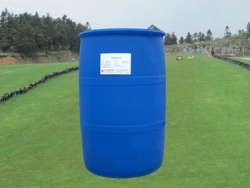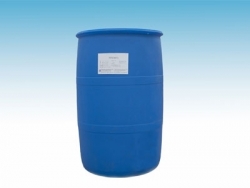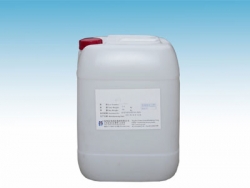In situ remediation, the use of biosurfactants will have a certain toxicity and impact on the indigenous microbial populations living in them. In addition, their metabolites may be more toxic because they can be degraded by microorganisms. Therefore, the existence of biosurfactants may cause some pollution to the environment and increase the burden of environmental pollution. It can be seen that strengthening the research on the potential impact of biosurfactants on the environment and their biodegradation characteristics will provide an important scientific basis for effectively controlling the environmental pollution caused by biosurfactants and rationally utilizing biosurfactants. In order to ensure the safety of biosurfactants, comprehensive toxicity and environmental hazard experiments of biosurfactants must be carried out in the field of surfactant solubilization and remediation.

In addition, in situ remediation, the applied biosurfactants may also be adsorbed to the soil, which may also affect the physical, chemical and biological properties of the soil. The existence of biosurfactants can reduce the surface tension of soil-water interface, cause the change of pressure drop in soil pore, thus cause the change of water and air distribution between soil pore, and ultimately change the original physical properties and redox conditions of soil, resulting in potential negative effects. The research on the interaction between surfactants and soil environment is very scarce, but it is worth paying attention to and further studying.

Bacillus subtilis surfactant is an effective biosurfactant, but compared with the previous two biosurfactants, there is less research on its application in biodegradable remediation. A kind of
For the first time, Awashti et al. discussed the promoting effect of Surfactin on the biodegradation of endosulfan, an insecticide. Olivera et al. isolated a bacterial subtilis_O9 from polluted sediment, which secreted bacterium subtilis surfactant when sucrose was used as substrate. They added Bacillus subtilis surfactant to the polluted sediment. After 10 days, only 6.8% of aliphatic hydrocarbons and 7.2% of aromatic hydrocarbons were not degraded. A kind of
Ceramic igniter I think you have seen this thing, but you just don't know that this thing is a gas stove ignition needle. Because as long as there is a gas stove, the gas stove ignition needle will exist. If there is no gas stove ignition needle, then the gas stove can not be used.
The ignition needle has short bending and the needle tip is slightly away from the fire exhaust, which is conducive to high voltage arc discharge. The front bending of the induction needle is longer and is close to the nozzle of the fire exhaust. If three needles are arranged, the induction needle is in the middle, and either side of the needle can be used as the ignition needle. It can not be distinguished because of the component deformation caused by use, so the needle position can be confirmed by experiment.

The surface of the induction needle of the new machine is not oxidized and the induction current is large. Although D2 is a low frequency rectifier, the low efficiency rectifier is covered up by the larger induction current, but it can automatically stop ignition. But for a long time, the induction needle is oxidized, the induction electrorheology is small, and the defects of low rectification efficiency of D2 and D3 appear. The circuit of ceramic ignition needle fittings can not keep normal working state.
1. Wear-resistant ceramics use high-tech new ceramic structural materials to make sealing parts and vulnerable parts of valves. The chemical stability and hardness of ceramic materials are very high (Rockwell hardness HRC90), second only to diamond. Therefore, the valve has very high wear resistance, corrosion resistance, erosion resistance, and good thermal insulation, small thermal expansion, greatly prolonging the service life of wear-resistant ceramics.
2. Wear-resistant ceramics can greatly improve the fluidity and sealing of industrial pipeline system, minimize leakage and protect the environment.
3. The use of wear-resistant ceramics can greatly reduce the number of maintenance and replacement of products. Gas ignition rods can improve the safety and stability of supporting equipment operation system and save the cost of equipment repair.
4. Ceramics are made of a wide range of raw materials with low cost. Ceramic materials with superior performance can be produced by using ordinary elements such as aluminium, carbon and silicon, which can save a lot of metal materials and rare mineral resources.